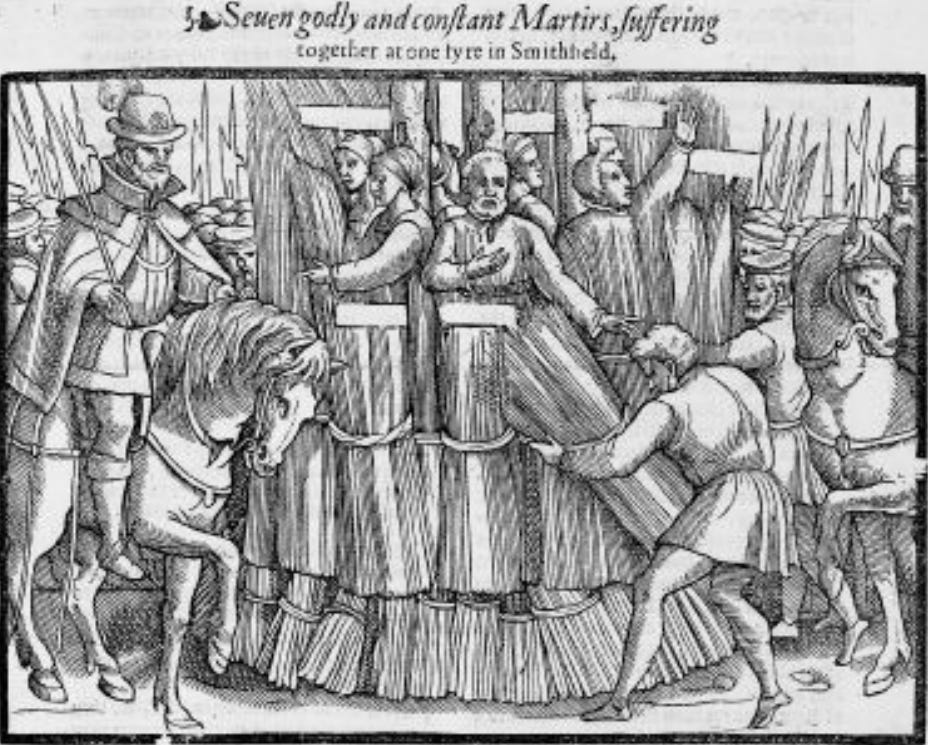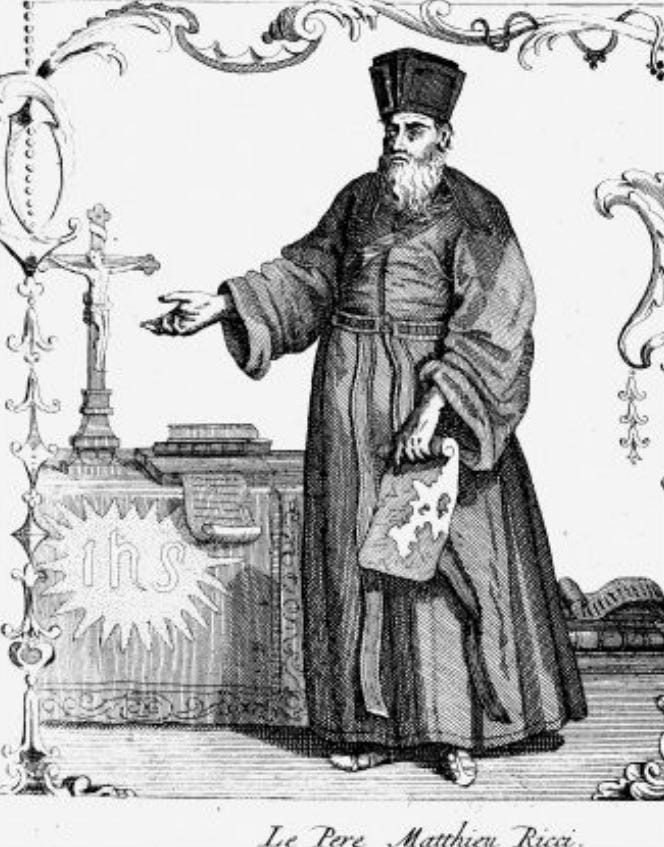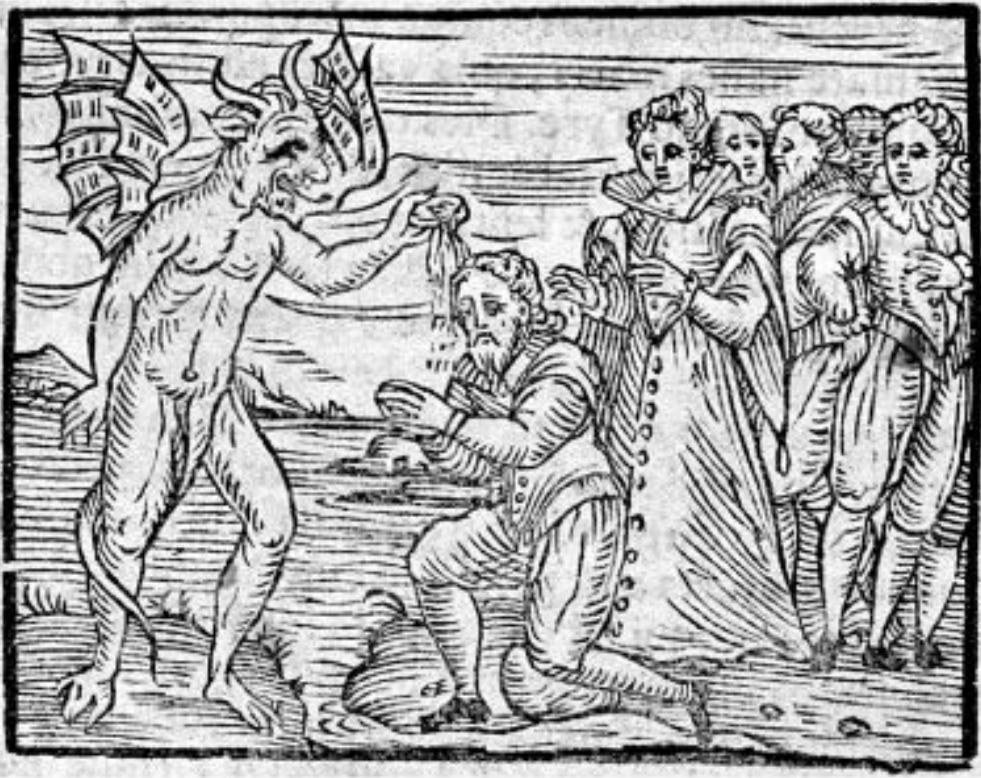读书笔记·宗教改革 第六章
读Peter Marshall "The Reformation: A Very Short Introduction" 所做笔记与摘录,P110-128
原书及其作者:牛津通识读本系列丛书,或者“A Very Short Introduction series”,一个非常高质量的学科入门读本系列。16到17世纪左右,这段宗教改革的故事从近乎偏执于原教旨的圣经解读出发,最终却落在了催生多元社会的终点上。
Chapter 6 Others
P110
The event (as well as the original episode it commemorates) exemplifies a mentality widespread in the Reformation era, and still with us in various secular and religious guises: a desire to shore up the identity of the majority group by stereotyping and dehumanizing an excluded minority. …… Examining the fate of these ‘others’, both real and imagined, enables us to appreciate the extent to which the Reformations were, simultaneously and paradoxically, a channel for intense bigotries and a route to pluralism and social tolerance.
Heretics
P111
Both Catholics and Protestants agreed with the ancient judgement of St Augustine that it is not the fact of the death but the rightness of the cause which makes a martyr (in practice, most of us still concur with this, unwilling, for example, to bestow the title of ‘martyr’ on Islamic suicide bombers).
P114
Even as confessional divisions became increasingly clear and rigid, it was apparent in many places that religious minorities could not be persecuted out of existence, though efforts were made to preserve the fiction that only one religion was practised within the boundaries of the state.
绝不接受宗教分歧存在的话,就会带来战争。然而即使没有人在当时的情感上认可宗教分歧的存在,绝大部分人还是在两害相权取其轻的现实考量下选择了和平。而这种妥协最终导向了宗教的世俗化和文化上的多元化,其实和最初的起因和动机是完全分离的。
P114-115
Possession of a town’s principal church was often a source of contention, the solution to which might be to share. To some, this seemed virtually blasphemous, and the papacy fulminated against the dual use of churches in the early 17th century. The practice was nonetheless widespread, though hardly ‘ecumenical’ in a modern sense.
P115
Within communities, toleration was a negotiated social practice, and there was no straightforward ‘rise of toleration’ at the end of the Reformation period. In some respects, traffic was in the opposite direction: intermarriage between Catholics and Protestants in Holland was, for example, less common at the end of the 17th century than at its beginning.
Muslims and Jews
基督教文化和其他宗教与文化有着很长的接触、交流、冲突、互动,和相互皈依的历史。
P116
Meanwhile, the Islamic civilization of medieval Spain had finally crumbled, with the fall of Granada in 1492. Spanish Muslims were shortly presented with a stark choice: conversion or expulsion. The majority opted for the former, without enthusiasm or conviction.
P116
North African pirates were active throughout the Mediterranean and the Atlantic seaboard, raiding coastal settlements in Ireland and the west of England well into the 17th century. It is a remarkable statistic that around one million West European Christians were captured and enslaved in Africa between about 1530 and 1640. The fact that a significant number of these converted to the religion of their new masters was a recurrent cause of shock and surprise.
P117
The most radical anabaptists were in fact safer from persecution in Ottoman territory than in any Christian-controlled state, and the first broadly pluralistic Christian societies were shaped, ironically enough, under the patronage of the Sultan.
P118
Conceivably, ethnographic literature of this sort, once it started to represent Islam in other than apocalyptic terms, helped European Christians to envisage other possible belief systems, and to start recognizing the category of ‘religion’ as potentially separable from ‘society’.
P120
Well into the 16th century there were few signs that the position of Jews in Europe was changing for anything but the worse. But ultimately the Reformation opened spaces for Judaism to breathe more easily. Inquisitorial scepticism about host desecration was shared in Protestant societies for the simple reason that the denial of transubstantiation rendered the fantasy culturally meaningless. Some places of settlement closed to Jews began to reopen.
Pagans
P123
It would be crass to maintain, however, that Amerindians (or the inhabitants of the Philippines in the same period) typically ‘rejected’ Christianity, or continued self-consciously to preserve traditional beliefs under a cynical veneer of official Catholicism. Rather, they adopted the new faith on terms that made sense to them, accentuating some aspects and downplaying others.
许多传教士为了让传教融入其所在地的文化,做了相当多灵活因地制宜的努力。他们的观念在很大程度上选择尊重其地文化,心态相当开放。
P125
The global expansion of Catholic Christianity was nonetheless a success story, but one that raised fundamental questions about the nature of the exercise. The struggles of Protestant reformers in Europe to decide what was ‘adiaphora’ paled alongside the calculations made by Jesuits in India and China.
Witches
P126
But, contrary to careless popular usage, the large-scale pursuit and punishment of witches in Europe was not a ‘medieval’ phenomenon, but an aspect of early modernity.
P126
Villagers had always suspected antisocial old women of spell-casting and malevolent cursing, but what created a dynamic of official persecution was the growing conviction of theologians that witches constituted a vast army of apostates, who had sworn allegiance to the devil and under his command were at war with Christian society.
P128
A compound alchemy of factors brought the witch trials to a close: more exacting standards of proof in various legal systems, and restrictions on the use of torture, scientific scepticism, and an increased elitist reluctance to take seriously the frenzied accusations of grubby villagers. But the end of religious warfare and halting steps towards pluralism were important parts of the story. As real ‘others’ were grudgingly accepted and integrated into European societies, the imaginary ones lost their existential menace – another indication of the Reformation’s failure to create rigidly uniform Christian communities, and its accidental success in generating something else.
参考文献
Marshall, P. (2009). The Reformation: A Very Short Introduction. Oxford University Press. ISBN 978-0-19-923131-7




